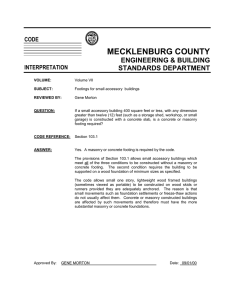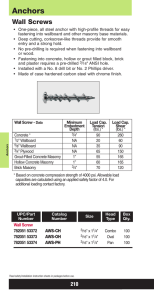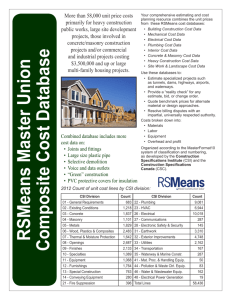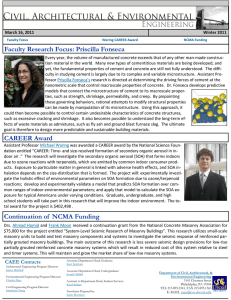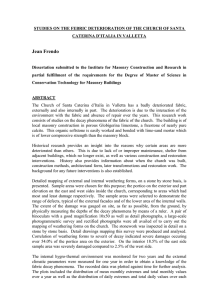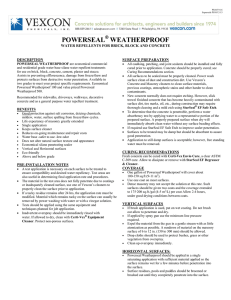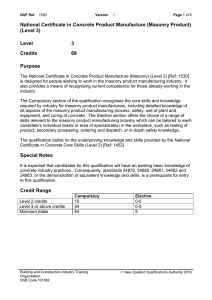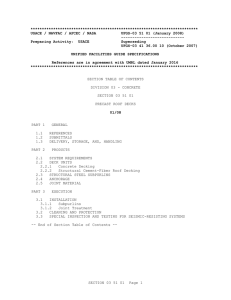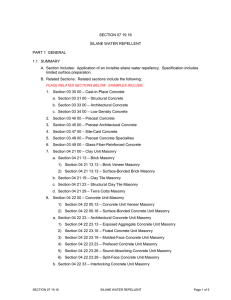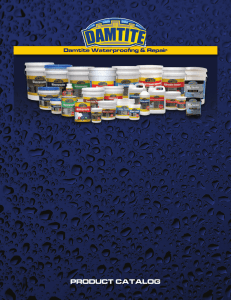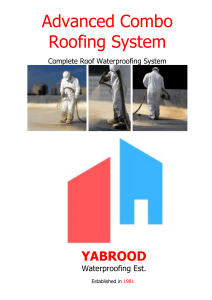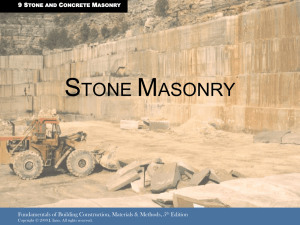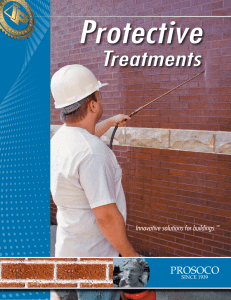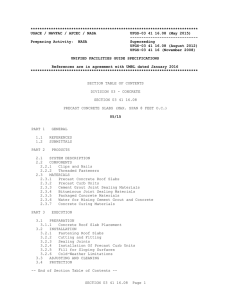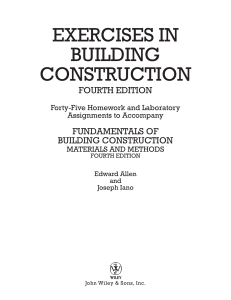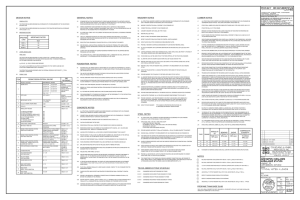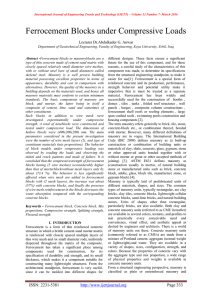Document 11171635
advertisement
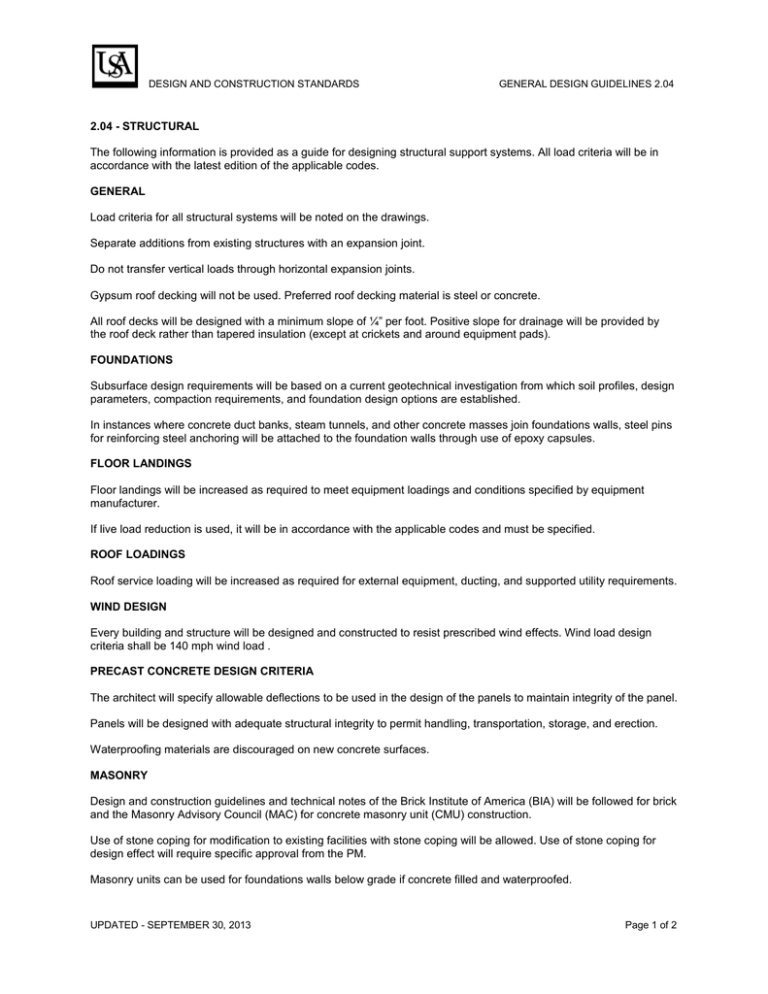
DESIGN AND CONSTRUCTION STANDARDS GENERAL DESIGN GUIDELINES 2.04 2.04 - STRUCTURAL The following information is provided as a guide for designing structural support systems. All load criteria will be in accordance with the latest edition of the applicable codes. GENERAL Load criteria for all structural systems will be noted on the drawings. Separate additions from existing structures with an expansion joint. Do not transfer vertical loads through horizontal expansion joints. Gypsum roof decking will not be used. Preferred roof decking material is steel or concrete. All roof decks will be designed with a minimum slope of ¼” per foot. Positive slope for drainage will be provided by the roof deck rather than tapered insulation (except at crickets and around equipment pads). FOUNDATIONS Subsurface design requirements will be based on a current geotechnical investigation from which soil profiles, design parameters, compaction requirements, and foundation design options are established. In instances where concrete duct banks, steam tunnels, and other concrete masses join foundations walls, steel pins for reinforcing steel anchoring will be attached to the foundation walls through use of epoxy capsules. FLOOR LANDINGS Floor landings will be increased as required to meet equipment loadings and conditions specified by equipment manufacturer. If live load reduction is used, it will be in accordance with the applicable codes and must be specified. ROOF LOADINGS Roof service loading will be increased as required for external equipment, ducting, and supported utility requirements. WIND DESIGN Every building and structure will be designed and constructed to resist prescribed wind effects. Wind load design criteria shall be 140 mph wind load . PRECAST CONCRETE DESIGN CRITERIA The architect will specify allowable deflections to be used in the design of the panels to maintain integrity of the panel. Panels will be designed with adequate structural integrity to permit handling, transportation, storage, and erection. Waterproofing materials are discouraged on new concrete surfaces. MASONRY Design and construction guidelines and technical notes of the Brick Institute of America (BIA) will be followed for brick and the Masonry Advisory Council (MAC) for concrete masonry unit (CMU) construction. Use of stone coping for modification to existing facilities with stone coping will be allowed. Use of stone coping for design effect will require specific approval from the PM. Masonry units can be used for foundations walls below grade if concrete filled and waterproofed. UPDATED - SEPTEMBER 30, 2013 Page 1 of 2 DESIGN AND CONSTRUCTION STANDARDS GENERAL DESIGN GUIDELINES 2.04 Waterproofing materials on the exterior face are discouraged on new masonry, or stone surfaces. Use will require PM approval. The Design Professional will evaluate the expected movement for each wall and require adequate expansion joints to accommodate the movement. UPDATED - SEPTEMBER 30, 2013 Page 2 of 2

